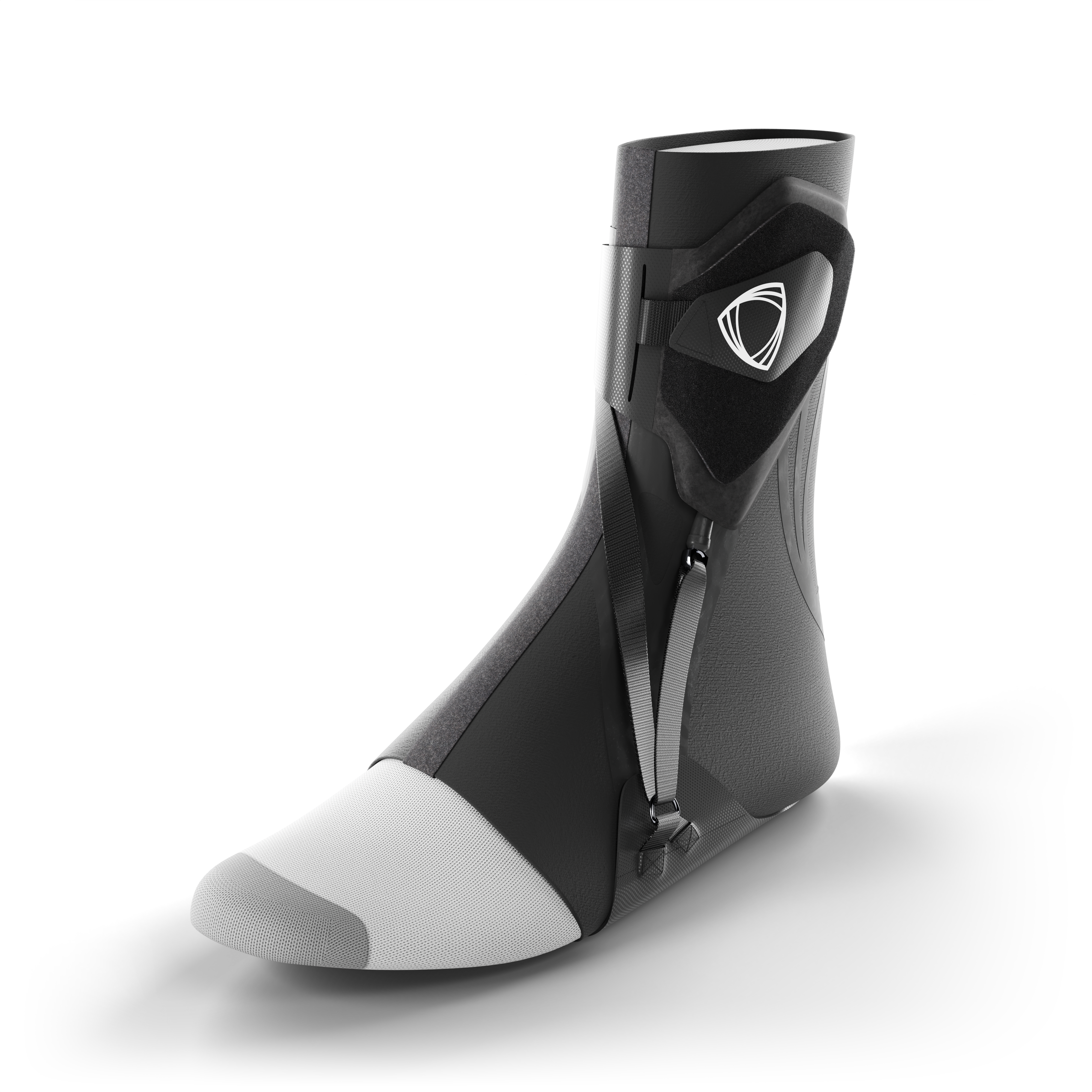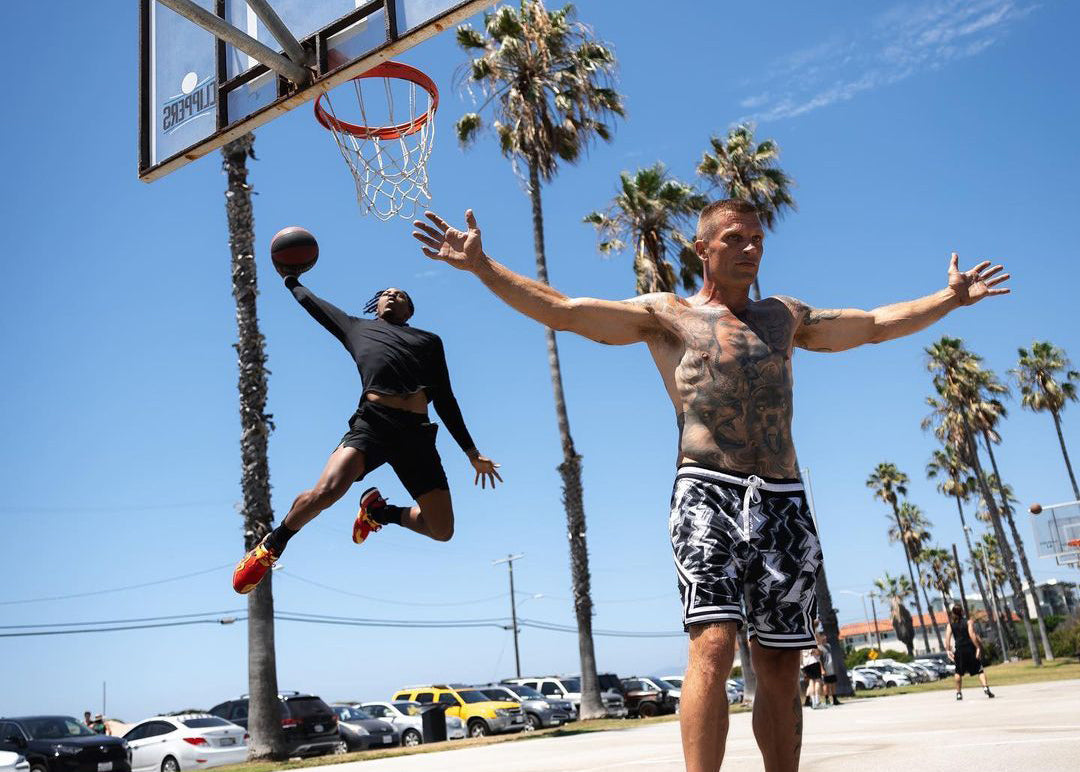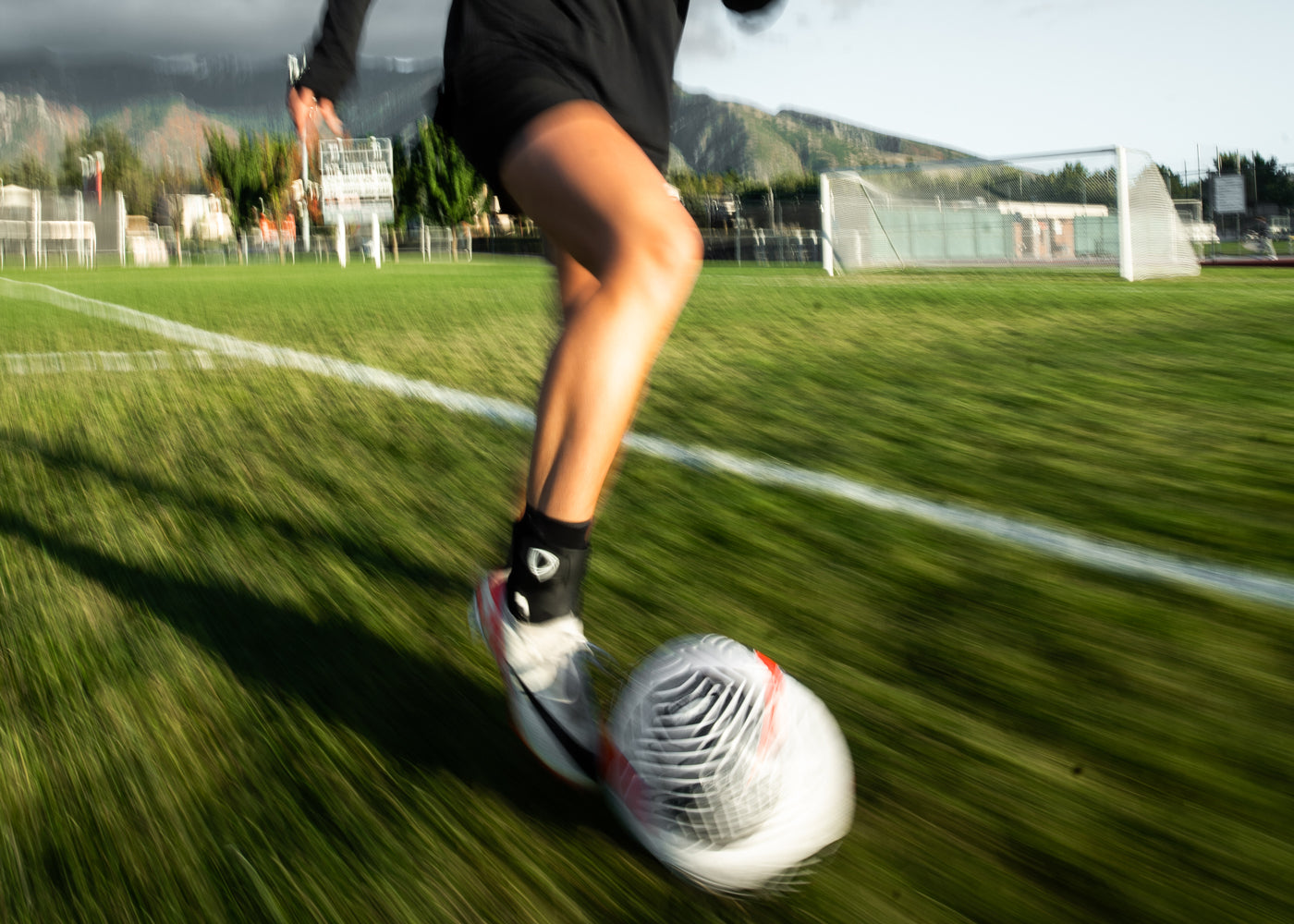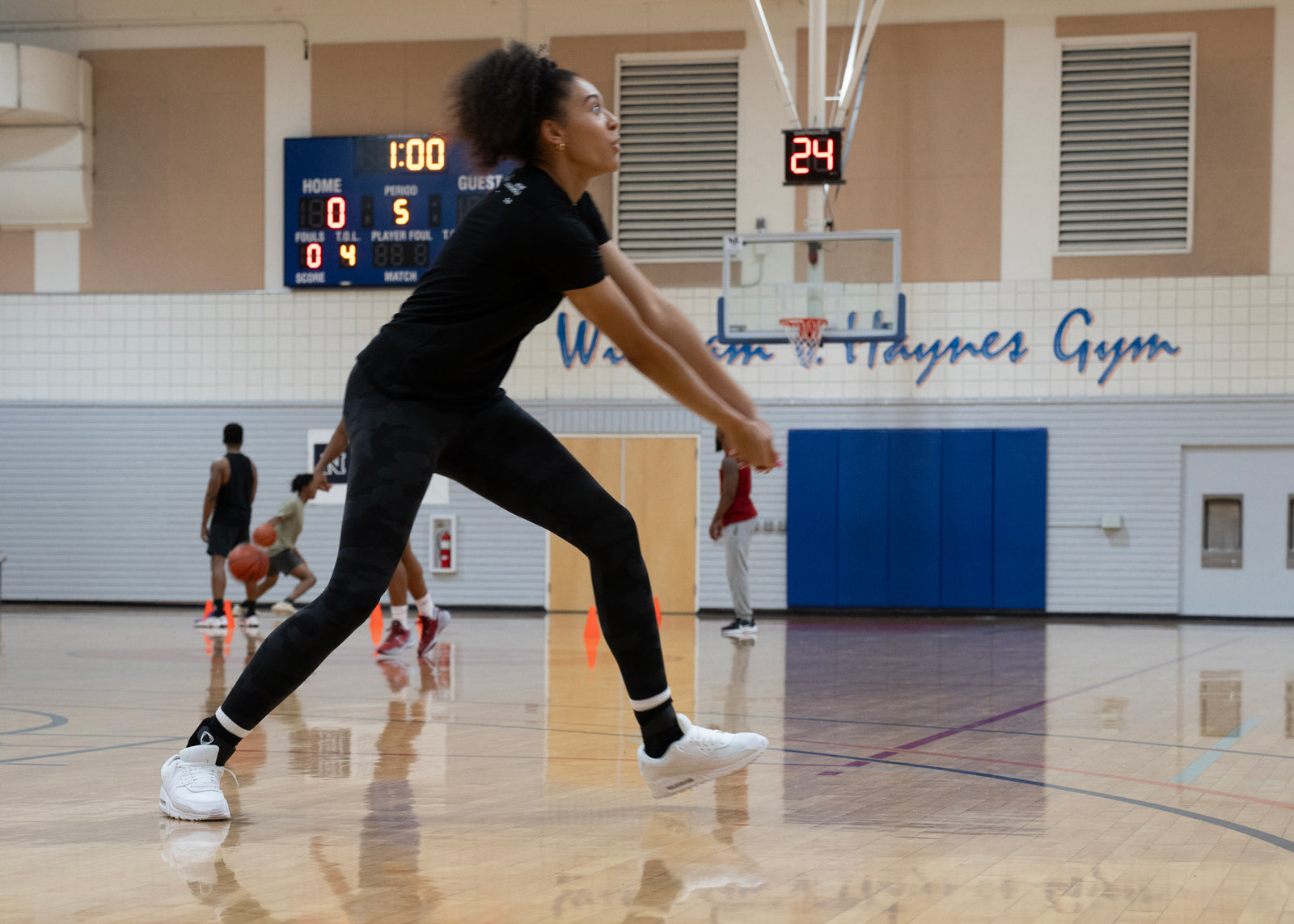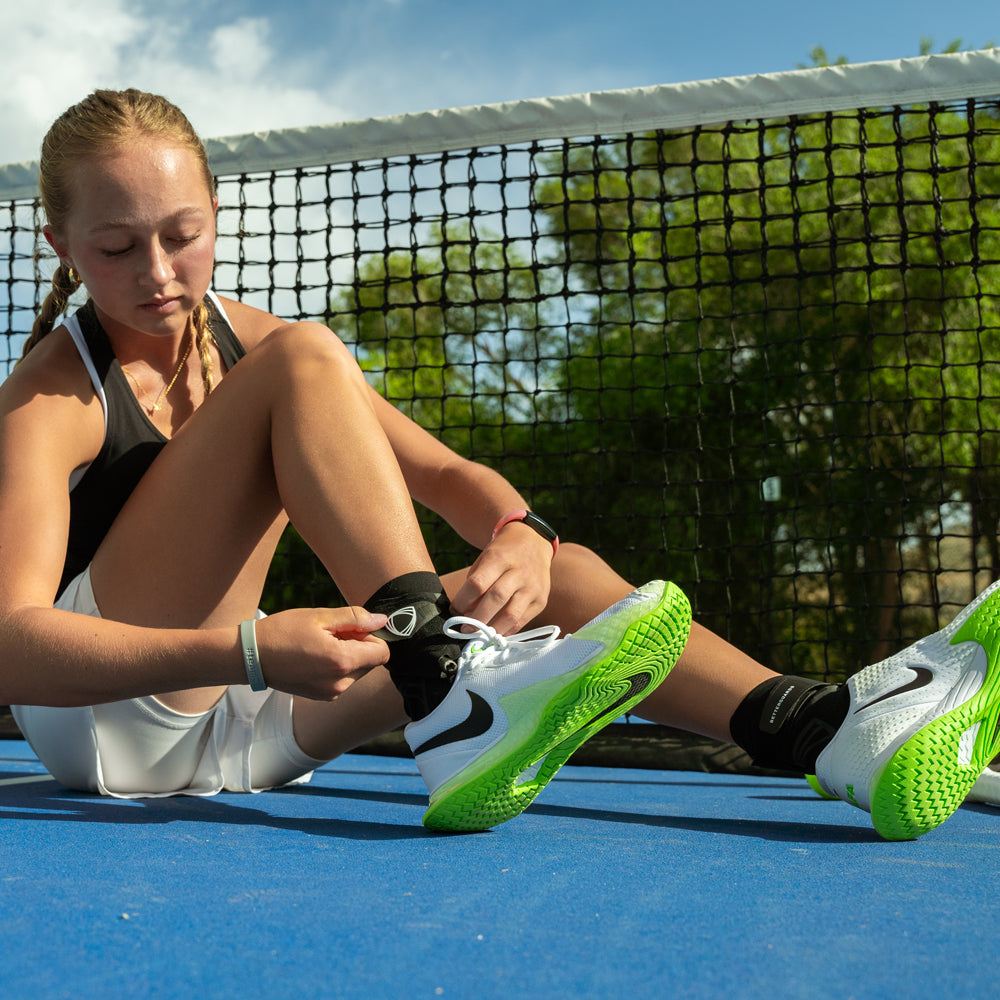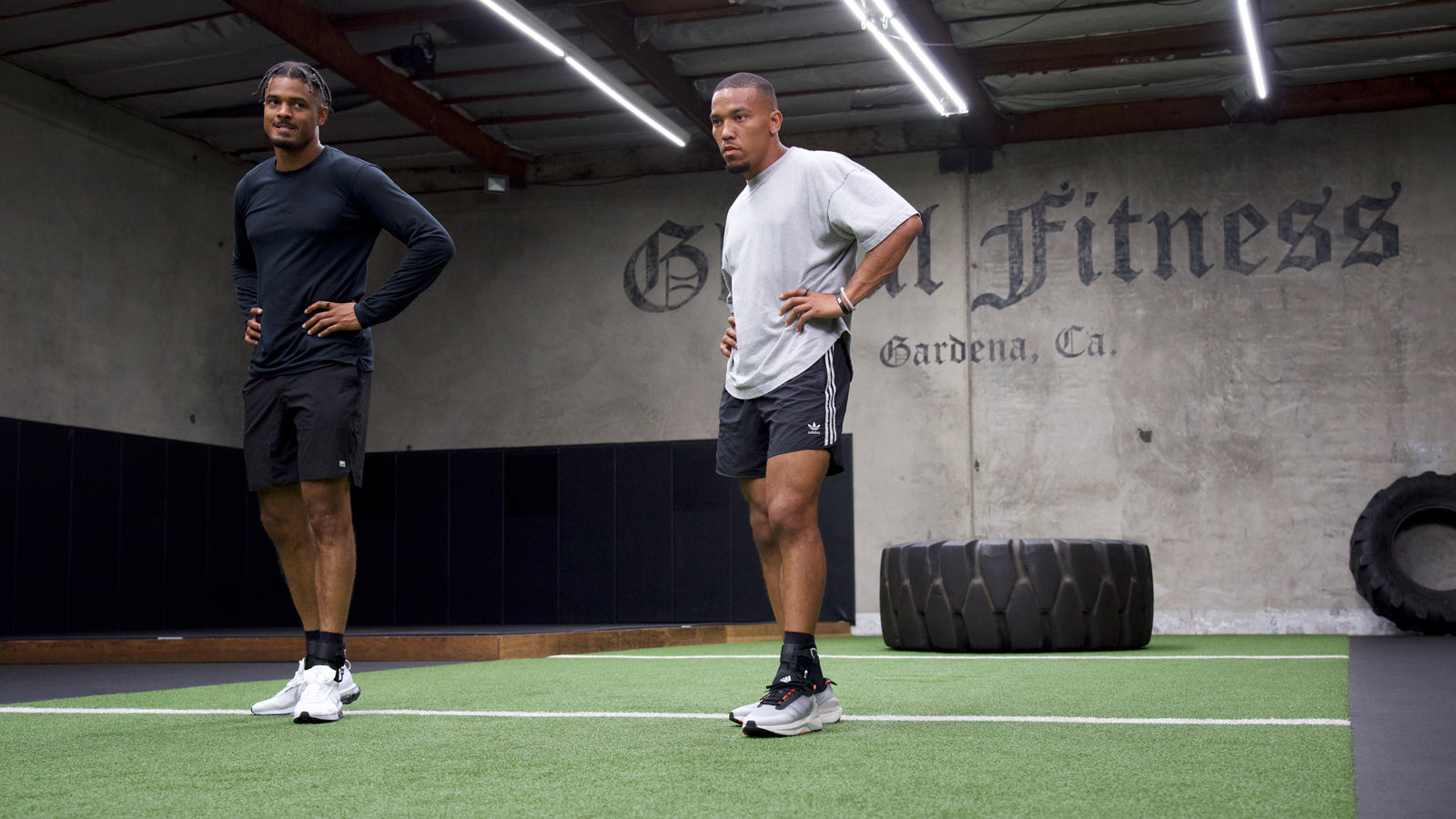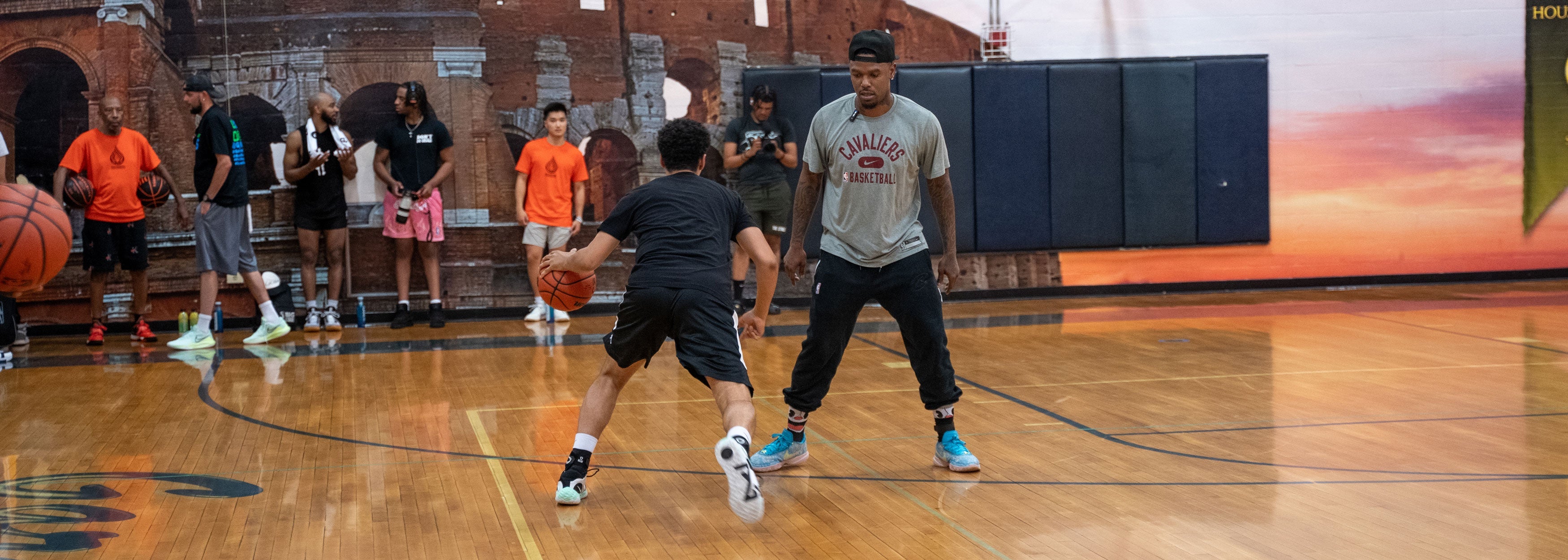A sudden twist, an awkward landing, or a misstep during your workout — and just like that, you're nursing an injured ankle. If you’ve landed here, chances are you’re in pain and looking for answers fast. While a complete recovery may take time, there are steps you can take to dramatically reduce pain, swelling, and downtime — starting tonight.
Here’s your complete guide on how to heal a sprained ankle overnight — and how to set yourself up for a faster, smarter return to sport.

First, What Happens When You Sprain an Ankle?
An ankle sprain occurs when the ankle ligaments — the bands of connective tissue that hold your joint in place — are stretched beyond their limits or torn. This usually happens when the foot rolls inward (inversion), putting excess pressure on the outer ligaments.
When the injury occurs, you’ll likely feel immediate pain and swelling, along with pain, tenderness to the touch, and reduced mobility. Depending on the extent of ligament damage, these symptoms can range from mild to severe.

Step 1: Stop, Assess, and Protect
The first 24 to 48 hours after a sprain are critical. What you do during this time will influence how quickly and effectively your body heals.
Here’s what you should immediately do to treat a sprained ankle:
- Stop all activity. Avoid walking or standing on the injured ankle.
- Assess the pain. If the joint feels unstable or you can’t put any weight on it, seek medical attention.
- Protect the area with a brace or elastic bandage to avoid further damage.

Step 2: Use RICE – Rest, Ice, Compression, Elevation
The most effective and time-tested approach for fast initial recovery is RICE:
Rest
Avoid putting weight on your foot and ankle. Use crutches if necessary. Rest gives your body the chance to repair the torn or overstretched ankle ligaments without interference.
Ice
Applying ice is key to reduce swelling and numb the pain. Use an ice pack for 20 minutes at a time, several times throughout the day and night. Make sure to place a cloth between your skin and the ice to prevent frostbite.
Compression
Wrap your ankle with an elastic bandage to prevent fluid buildup and add light support. Be careful not to wrap too tightly — it should feel snug but not painful.
Elevation
Prop your foot and ankle up above heart level whenever possible. Elevation helps drain excess fluid away from the joint, reducing inflammation and speeding healing.

Step 3: Gently Reintroduce Range of Motion
While total rest is critical in the beginning, don’t keep the ankle completely immobile for too long. Once the pain starts to fade, begin gentle range of motion exercises.
Try slowly flexing and pointing your toes. Writing the alphabet in the air with your foot can help rebuild strength and mobility. You can also add an elastic band to add resistance. These small movements help maintain mobility, reduce stiffness, and support circulation to the healing tissues. If the pain worsens, stop immediately and consult a physical therapist.

Step 4: Support Healing with Smart Tools
The right support can significantly influence recovery time. While traditional methods like taping are common, studies have shown they may not offer optimal protection or long-term benefits.
At Betterguards, we set out to change that.

The BetterGuard Advantage
In a return-to-play study, athletes using The BetterGuard returned to sport faster on average than those using traditional tape. That’s because, as the best ankle support for athletes, it does more than stabilize the ankle joint — it provides full mobility and reacts in real time to prevent re-injury.
Unlike bulky braces or rigid taping methods, our adaptive ankle stabilizer allows for full freedom of movement during regular activity — but instantly activates when needed, providing up to 4x faster stabilization than the body during a sprain event.
It’s the first of its kind to combine natural movement with real-time protection.

Step 5: Work With a Physical Therapist (If Needed)
If your ankle sprain is moderate to severe — or if you're an athlete aiming for peak performance — a physical therapist can be your best ally. They’ll guide you through exercises that rebuild strength, improve mobility, and prevent future ankle injuries.
Therapists often incorporate:
- Balance training to strengthen stabilizing muscles
- Mobility work to restore the full range of motion
- Progressively weighted resistance exercises
These strategies help recondition your foot and ankle, getting you back to full performance safely and efficiently.

Bonus Tips: What to Avoid
When trying to heal a sprained ankle overnight, the “don’ts” are just as important as the “dos.”
Avoid:
- Walking it off – This can worsen the injury and delay healing.
- Heat – In the first 48 hours, heat increases blood flow and may worsen swelling.
- Massaging the painful area directly – Light massage around the ankle can help circulation, but direct pressure on the sprain can aggravate it.
- Imobilizing the joint for too long – It's scary to return from an injury, but rebuilding mobility and strength in the joint is necessary to return to play. Traditional ankle supports and ankle tape are designed to keep your ankle immobilized, and that's why The BetterGuard is the best ankle brace for athletes who want to return to play faster.

Can You Really Heal a Sprained Ankle Overnight?
Here’s the truth: While most ankle sprains can’t be fully healed in 24 hours, you can dramatically reduce pain and swelling, promote faster healing, and even sleep better by taking the right steps immediately.
The key is to:
- Follow RICE protocols diligently
- Use tools like ice packs, elastic bandages, and proven ankle support systems like The BetterGuard
- Gently reintroduce movement
- Seek expert help when needed
By morning, many people find they’ve regained comfort and mobility — and are already on the fast track to recovery.

The Bottom Line
If you’re searching for how to heal a sprained ankle overnight, the answer isn’t magic — it’s strategy. With smart recovery methods, supportive tools, and the right mindset, you can reduce healing time and return stronger than ever.
Want to bounce back faster — and stay in the game?

Experience faster return to sport with The BetterGuard.
Shop Now and support your ankles with the only brace that moves when you do — and protects when you need it.

